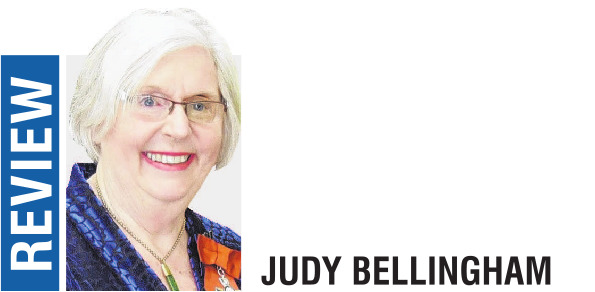
Such was the size of the audience in the Dunedin Town Hall to hear major works by Anthony Ritchie and Mozart on Saturday evening, that the gods had to be opened.
Under the kindly, enthusiastic, but very firm baton of conductor Umberto Clerici, the Dunedin Symphony Orchestra played with rhythmic deftness, precise articulation, varied dynamics and beautifully shaped phrasing revealed in both Ritchie’s Remember Parihaka and Mozart’s Symphony No 31 Paris. The Ritchie work was characterised by a magical opening in the lower strings, rhythmic security and skilful orchestration leaving the audience in stunned and appreciative silence. These same characteristics were displayed in the Mozart Symphony; masterly orchestrations highlighting contrasting themes and moods. Clerici conducted with sangfroid, despite some suspect woodwind intonation in the andante, and some articulation issues in the upper strings in the third movement.

Mozart’s Requiem, was performed by the City Choir Dunedin (director David Burchell), augmented by 28 singers from the Choirs Aotearoa Otago-Southland Choir (directors Karen Grylls and Ben Madden), with superb supportive playing from the orchestra.
It was heartening to see so many singers of all ages in the choir stalls. The vitality of the younger singers was evident throughout as there was a well-balanced choral sound, especially in the tenors and basses.
With a quartet of excellent soloists (Emma Pearson, Maaike Christie- Beekman, Emmanuel Fonoti-Fuimaono and Wade Kernot) the Requiem was given an outstanding, inspiring performance. The Dies Irae was spine tingling, and the trombone solo in the Tuba Mirum added to the evocative nature of the text. A highlight of the solo quartet was the Benedictus but chorally the following Hosanna suffered from some rhythmically untidy parts.
The conductor, orchestra and choirs are to be congratulated on performing a major work to such a high standard; the audience recognising this with prolonged applause.












